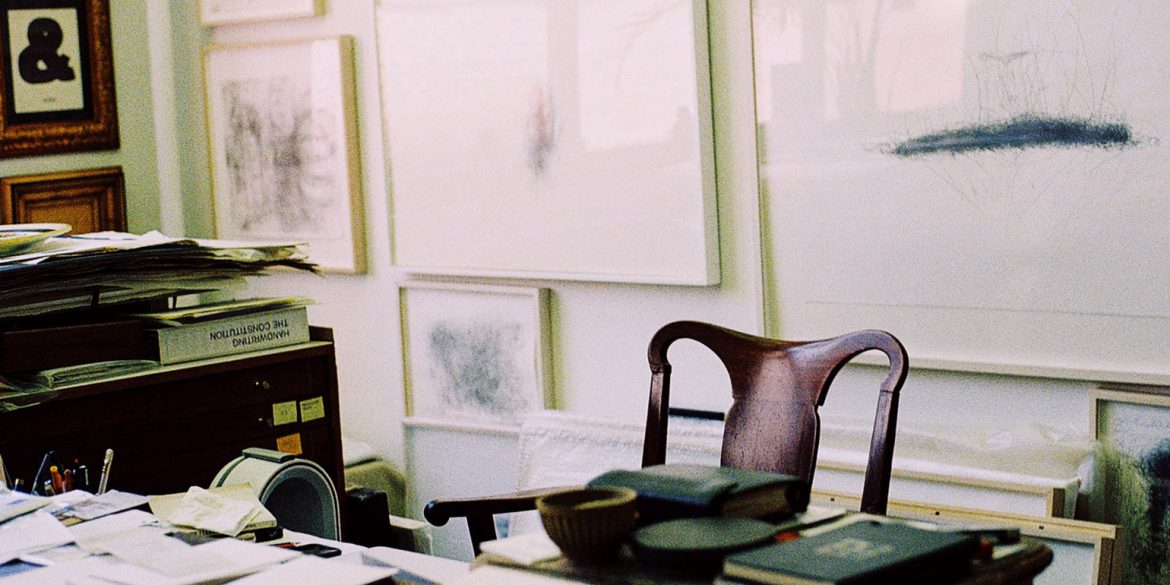The journey of two immigrants, Jui and Alice, away from their homeland made them realize that ‘home’ is not always a place. Their project, Invisible Habitat, deciphers the world through stories of individuals who are living away from their birthplace by diving deep into their meaning of home and sense of belonging.
So, what is the meaning of ‘home’ to you? is a question they carry with them, and for this feature, hand it to Morgan O’Hara, a celebrated artist who has lived in San Anselmo, Shukugawa, San Francisco, Berkeley, Los Angeles, Baggiovara, Milano, Bergamo, Corneliano Bertario, Paris, Berlin, New York, Venice. Below are O’Hara’s contemplations, excerpted from a long interview at Invisible Habitat:
*
Finally, thinking about my concept of home during this time when so many people are on the move, seeking new homes and safe places to live, my moving around the world in a way seems like an extravagance. Only once was I forced out. I have been fortunate to have lived in many interesting places and to have been able to do so by choice. I am grateful that my creative process generated my Handwriting the Constitution practice because, through doing this new work, I am able to connect with people all over the world by focusing on human rights. It makes perfect sense to me that focusing on human rights and handwriting documents written to protect those rights complements a long life of enjoying personal freedom in many places in the world. — Morgan O’Hara
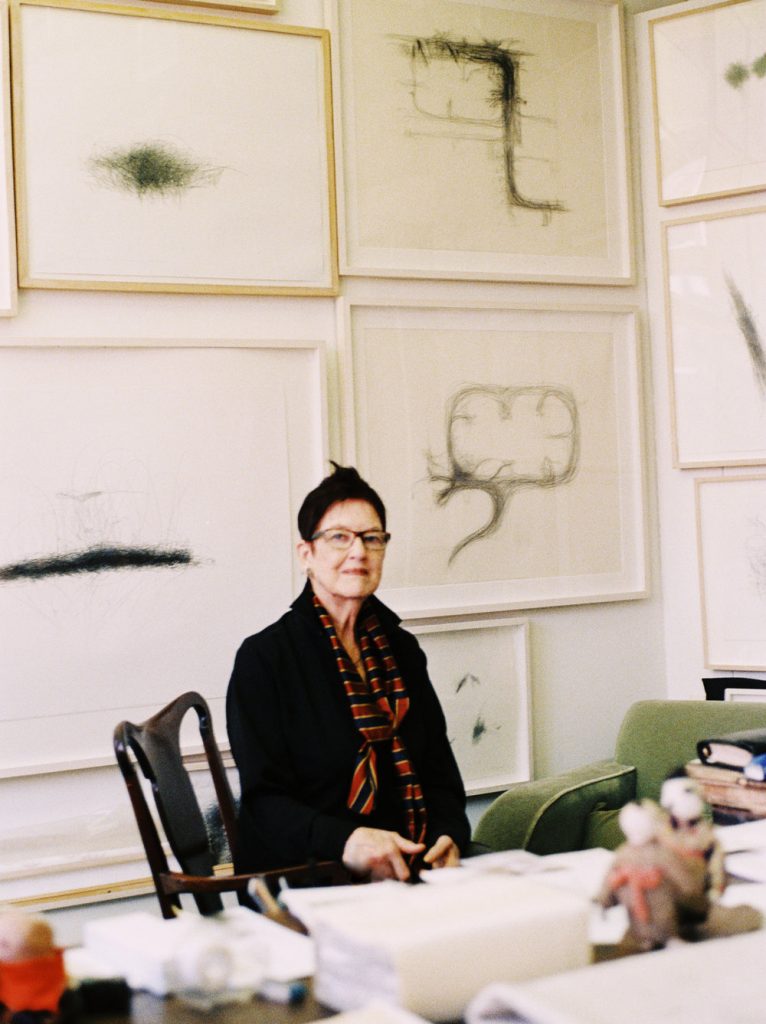
Could you tell us a brief journey of your life?
I was born in 1941 in Los Angeles, California, and my family moved many times. By the time I left home, we had lived in thirty-five different houses. My parents never explained why. During that time, children rarely had conversations with their parents. In my family, children were told what to do. When I was seven, my father changed jobs, and we moved to the Nishinomiya Province in Japan, where we lived until I was fourteen. This was the period of reconstruction after the second World War.
These years were difficult for the Japanese but not so for foreigners like us. Growing up near Kobe was unusual and fascinating. It was also safe.
My family was Catholic and controlling, and I hated all of their attempts to control me. On the outside, I was mostly obedient to avoid trouble, but on the inside, I was not. My inner life was my safe space. During my teenage years, I was radically threatened by the outside, but I managed to keep it intact. This was important then, and it still is. My feeling of home is having the time to create and think freely without plans or restrictions.
When I was fourteen, my family moved back to California, and a terrible chapter began for all of us. My father was an alcoholic, and he became violent. This was hidden when we were in Japan, but it erupted when we returned to the United States. I was the eldest of seven and was the first to be attacked. I left home before I finished high school to live in the Young Women’s Christian Association (YWCA) so I could get away from the violence at home.
Japan as home was important to me for several reasons. I lived there before the terrible violence took hold of my family. It was a clear period when I lived without threats or fear. The twenty years of hell came later and when they did, my art practice helped me survive. With art, I had something to focus on other than the violence at home. In Japan, we took classes in Shodō and Ikebana along with the other foreigners, and you can see that early influence in my drawing and thinking. I like to work with ink. Additionally, the strong use of black and white demonstrates a Japanese influence.
I never thought of being an artist; I made art as a psychological necessity. When I was in high school, I became involved in art classes and began my practice of art.
When I was in high school, I skipped other classes to go to the art studio to work. Fifty years later, when I attended my high school reunion in California, my art teacher was present. I asked her what she remembered about me as a high school student. She said it was clear that I had to do art. Additionally, I learned she had purposefully left the art studio unlocked so I could always have access. It was wonderful to thank her for this a half century later.
As stated, I didn’t feel safe at home. I felt safe when I was doing art and pursuing my commitment to art, which has remained strong since I was seventeen.
Just recently, I was invited to visit Sing-Sing Prison, a big, maximum-security correctional facility in upstate New York, with a group of musicians who teach music to inmates as a type of rehabilitation. I was invited to draw during their music lessons and concert. That experience reminded me of my start in art and its capacity for healing. Becoming an artist was not about a career. When I live with an idea and a process and work with the unknown to see if this idea can be made visible, this embodies a feeling of home for me.
Additionally, I feel very much at home in Italy. I love the beautiful Italian language. The culture is relaxed and playful, and for someone who is serious like me, it is good to be around people who can always make things lighter. The culture is accepting, and there is a basic respect for artists, regardless of the type of work. I lived there for twenty-one years.
The last place I lived in Italy was in an old farmhouse. I loved living in the 400-year-old rooms. The physical place felt like home for a quite a while. It was simple. There wasn’t anyone to talk to except the farmer, his workers, and the chickens, ducks, and horses. I found living daily life there satisfying. If I have the opportunity to go back to live in Italy, I will do so.
I am now seventy-eight, and I am thinking more about what I will need when I am old. I need to talk to interesting people, do my art, and see things that are beautiful, such as architecture, nature, and friendly people. I find New York quite aggressive, and although I have learned to live here, I don’t enjoy it the way I enjoyed life in Italy. I do not feel truly at home in New York, except in my studio. When I am in my studio, I am in my own world.
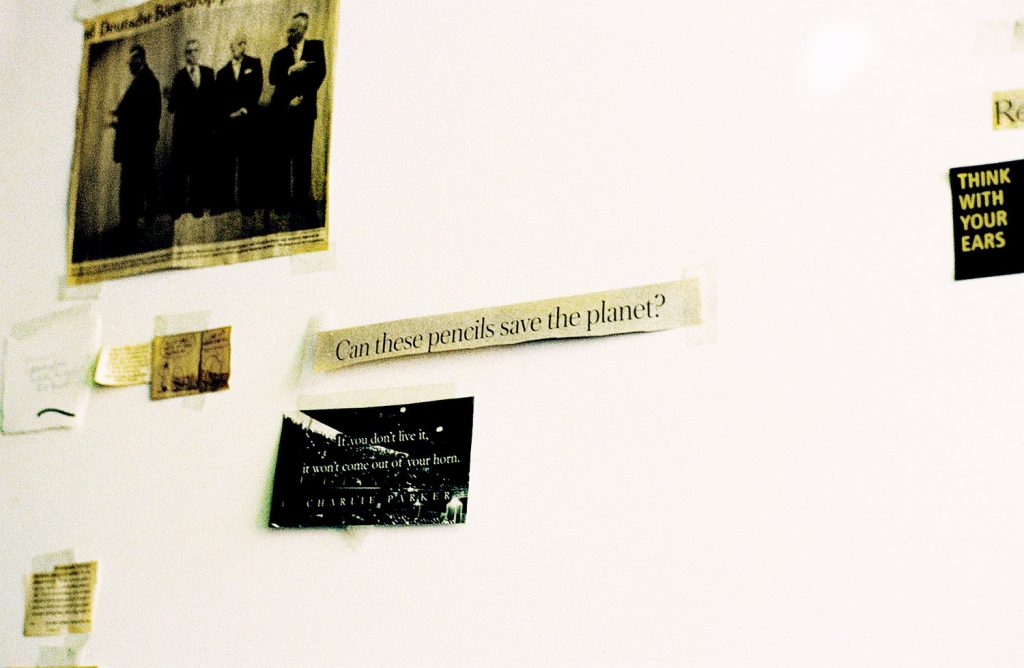
Do you have anything that you carried with you along the way?
I have physically carried my work everywhere with me, even as I created more work. For someone who has moved so many times, I am sometimes amazed at the number of physical objects I still have with me. I live with wonderful Japanese artifacts, including Imari dishes that I use daily. I have a great number of practical things from daily life in Italy; I painted the ceiling of my kitchen with Italian pigments. I sometimes feel that these objects are a second skin because I have lived with them for so many years. I find them nourishing and aesthetically satisfying.
I like to be with close friends, but they are scattered around the world. Communication is usually through email or phone calls. When we want to have dinner together, we have to wait until the next time I go to Italy, Berlin, or France or when my friends visit New York. We invent other ways, too; for example, I will have a residency in Venice, Italy, from December 2019 through February 2020, and a good friend from Berlin will come down and join me for Christmas week.
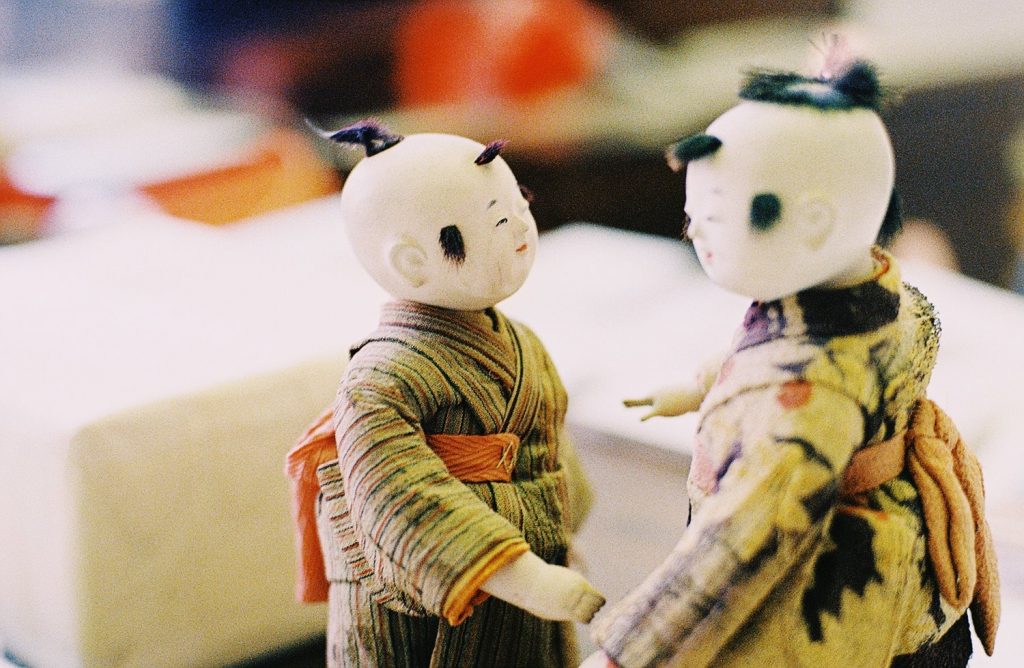
What do you do when you are feeling lonely?
Sometimes I feel the loneliness and try to observe it. I am always working on something, and after a time, I pick up what I am working on. Time alone is home. Some people have trouble being alone. I can’t be with people all the time.
The feeling of being alone with myself feels like home. It’s not a lonely feeling; it’s peaceful, even if I am struggling with something. It’s a space that’s mine, and I value it. I need a lot of solitude. Being alone is not a lonely thing; it is simply a different social experience. I call my Handwriting the Constitution practice activism for introverts.
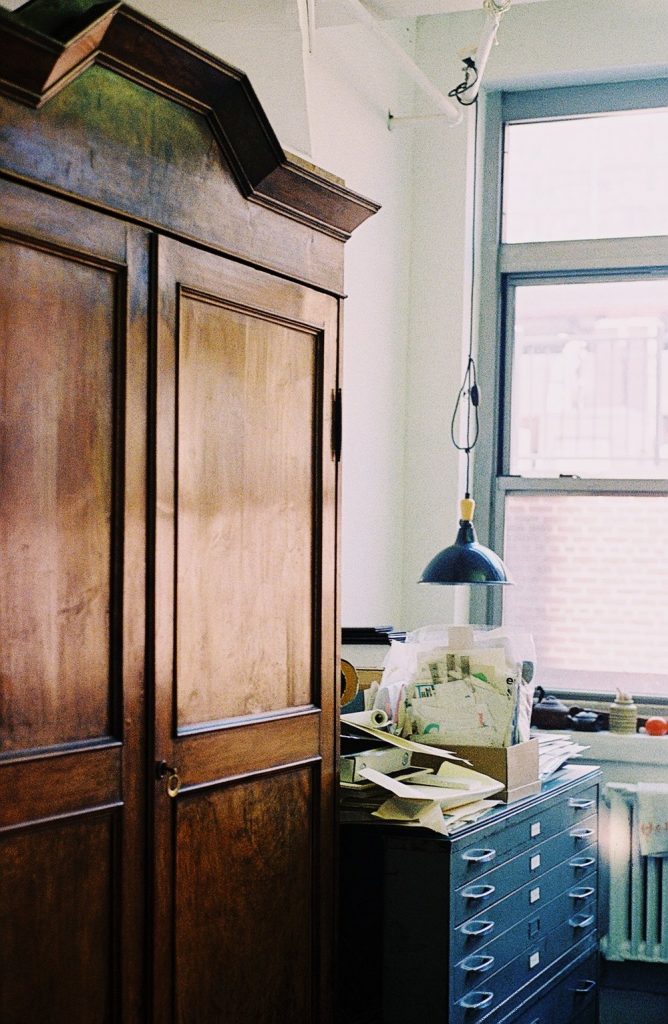
Do you have memories of your childhood home?
I remember a few things from my days in San Francisco before Japan, the time I spent with my three younger brothers, the trouble we got into, and the messes we made. We must have been a handful. I was the oldest child in my family, and I remember the feeling of being in charge of the boys and having fun with them.
Japan was a special time for me as a kid. My memories have been reinforced by my mother’s photographs. She documented everything. About ten years ago I gave all of the photographs to the Japanese government. They are now a part of the history of Japan.
Japan was special in many ways between 1948 and 1954. I attended international schools, and everyone was from somewhere else. There were sixteen kids in my class who represented thirteen different nationalities. Apart from a few Japanese friends, everyone in my circle was an ex-pat. The parents were businesspeople from India, Russia, the United States, and European countries who were starting different projects as a part of the reconstruction after World War II. The community in Kobe was an international community at that time.
The invitation card for my exhibition says, “I am a part of all that I have met,” and the quotation is from Alfred Lord Tennyson’s poem Ulysses, which describes his travels around the world and living in different communities, a poem that has deep meaning for me.
There was a Japanese pine tree in the backyard, which was at the level of the second story of the house. I used to read in that tree and observe what was going on in other backyards.
Actually, I have spent a lot of time reading in trees. In California, when I was a teenager, there was a large avocado tree that was taller than the house, and I passed whole summers up in that tree reading and eating avocados.
**

